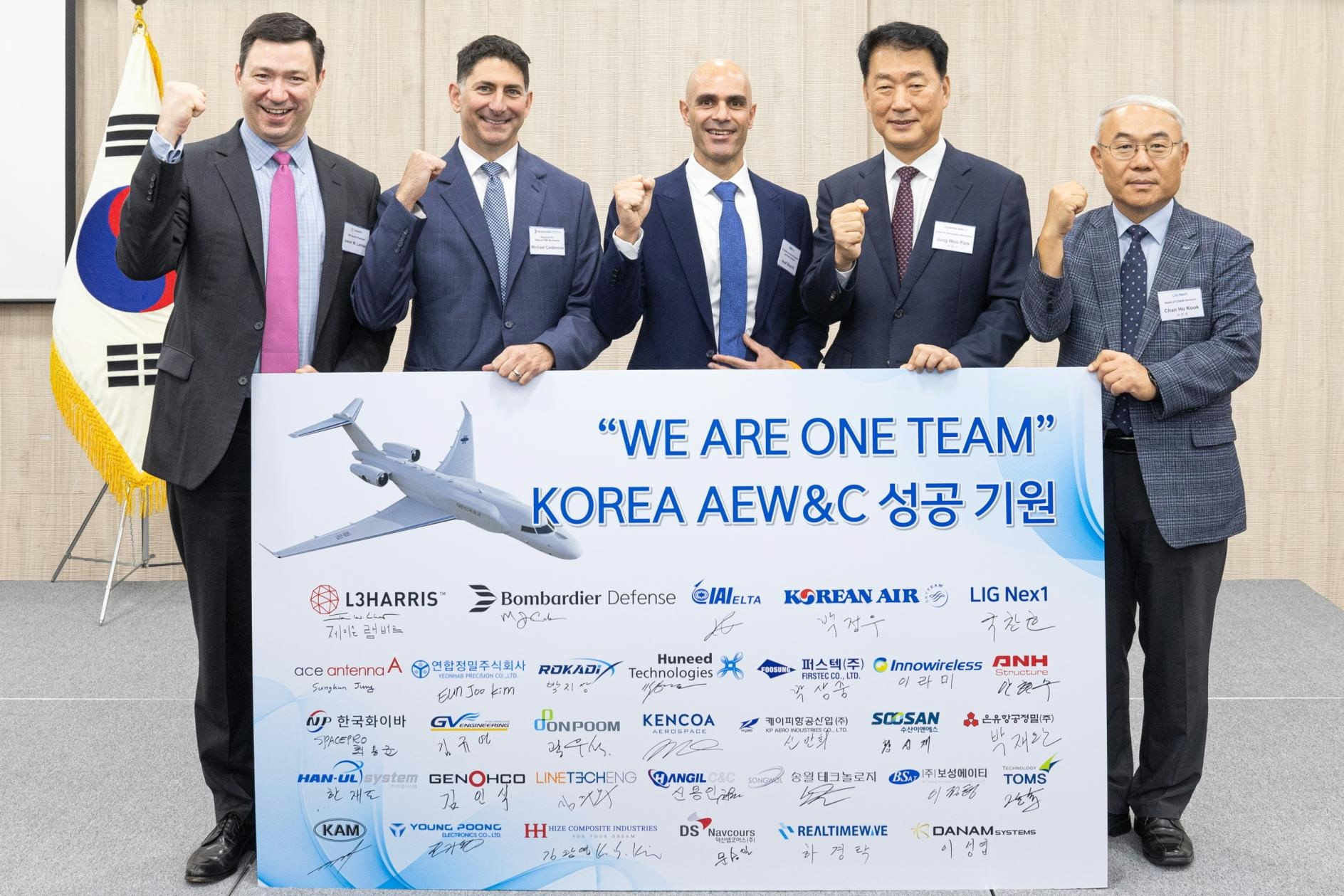
AeroGenie – Ihr intelligenter Copilot.
Trends
Categories
Flydocs and Air Astana Partner to Advance Digital Transformation
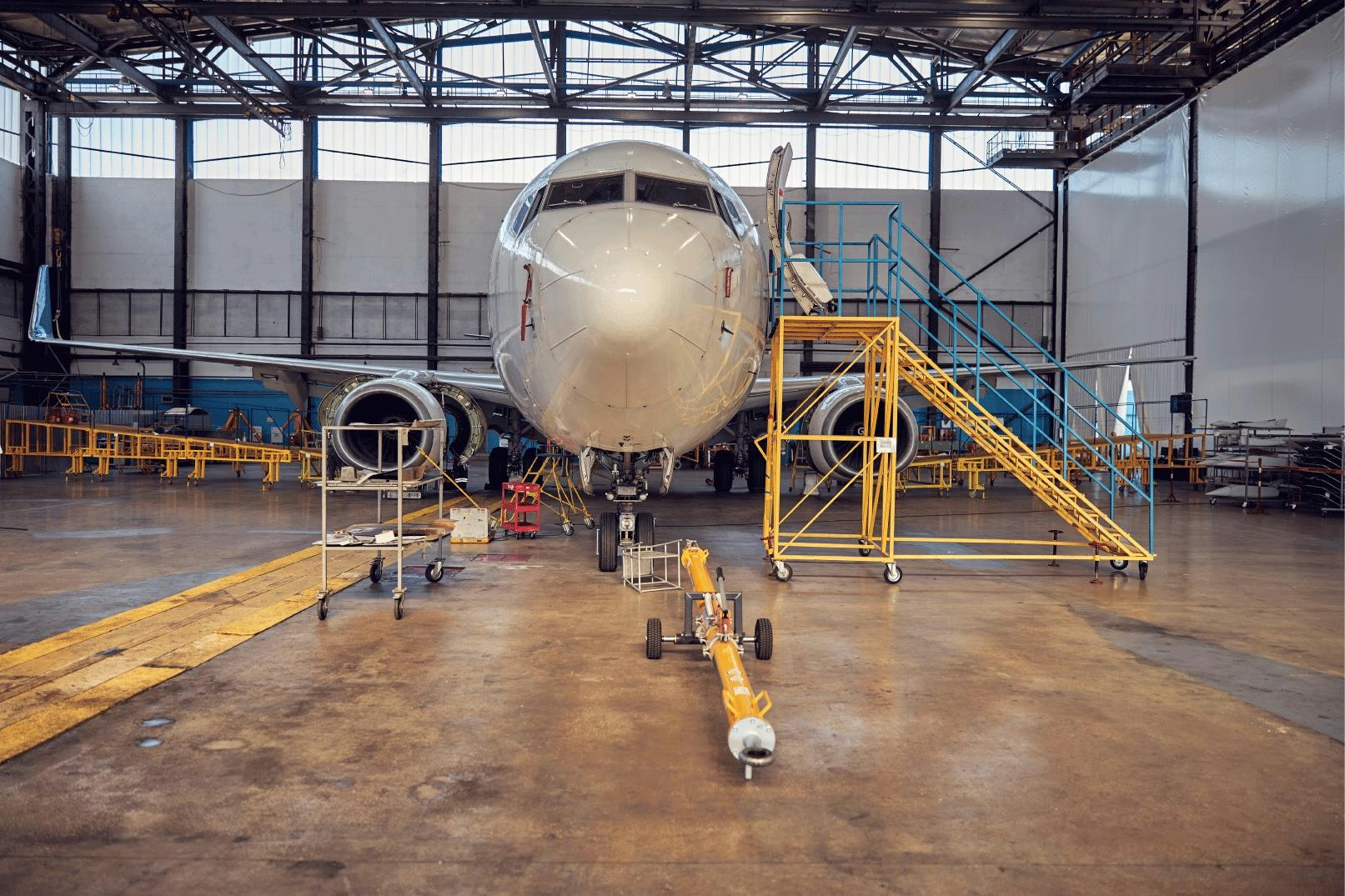
Flydocs and Air Astana Partner to Advance Digital Transformation
Flydocs and Air Astana have entered into a strategic partnership designed to accelerate the airline’s digital transformation, with a particular focus on the digitisation of aircraft maintenance records and their integration with existing maintenance and engineering systems. As part of this collaboration, Air Astana will implement flydocs’ digital records management (DRM) platform, which will be seamlessly integrated with the airline’s maintenance and engineering (M&E) system, TRAX.
Enhancing Operational Efficiency through Digital Innovation
Andy Smith, chief commercial officer at flydocs, described the partnership as a pivotal step in the company’s expansion across Central Asia. He emphasized that flydocs’ core records management platform will fully support Air Astana’s digital transformation objectives. Smith noted that being chosen as Air Astana’s preferred partner underscores the practical benefits of the flydocs DRM solution, which is designed to maximise asset value while improving efficiency, compliance, and operational excellence. He expressed eagerness to collaborate closely with Air Astana to deliver innovative solutions and expedite the airline’s digital journey.
From Air Astana’s perspective, Pratap Shetty, director of IT operations and engineering systems, underscored the airline’s dedication to aligning technological advancements with its broader business strategy. Shetty highlighted the airline’s enthusiasm to enhance its commitment to excellence and customer-centric service through the partnership with flydocs, a recognised global leader in digital records and asset management. He pointed out that the adoption of streamlined DRM software and comprehensive solutions will enable Air Astana to digitise its aircraft maintenance records with greater data accuracy, real-time information access, and improved compliance management. This initiative, Shetty stated, reflects the airline’s ongoing commitment to elevating passenger experience by boosting operational efficiency and fostering sustainable growth.
Navigating Industry Challenges and Market Dynamics
The partnership unfolds against a backdrop of significant challenges within the aviation sector. Both flydocs and Air Astana face the complex task of complying with stringent regulatory requirements while ensuring the smooth integration of digital systems across the airline’s operations. Additionally, managing the financial demands of such an extensive digital transformation project remains a critical concern. Market responses have been varied, with some investors expressing reservations about the immediate return on investment. This cautious sentiment mirrors recent trends observed in other sectors, such as European digital health startups, where funding and ROI scrutiny have intensified amid ongoing digital transformation efforts. Such financial prudence reflects a broader industry-wide hesitancy as companies invest heavily in new technologies.
In response to these developments, competitors within the aviation industry may accelerate their own digital transformation initiatives to sustain competitive advantage, thereby intensifying the sector’s focus on efficiency, compliance, and innovation.
Despite these challenges, both flydocs and Air Astana maintain a positive outlook, confident that their partnership will generate long-term value. The collaboration is expected to support Air Astana’s ambitions for operational excellence and sustainable growth through the deployment of advanced digital solutions.
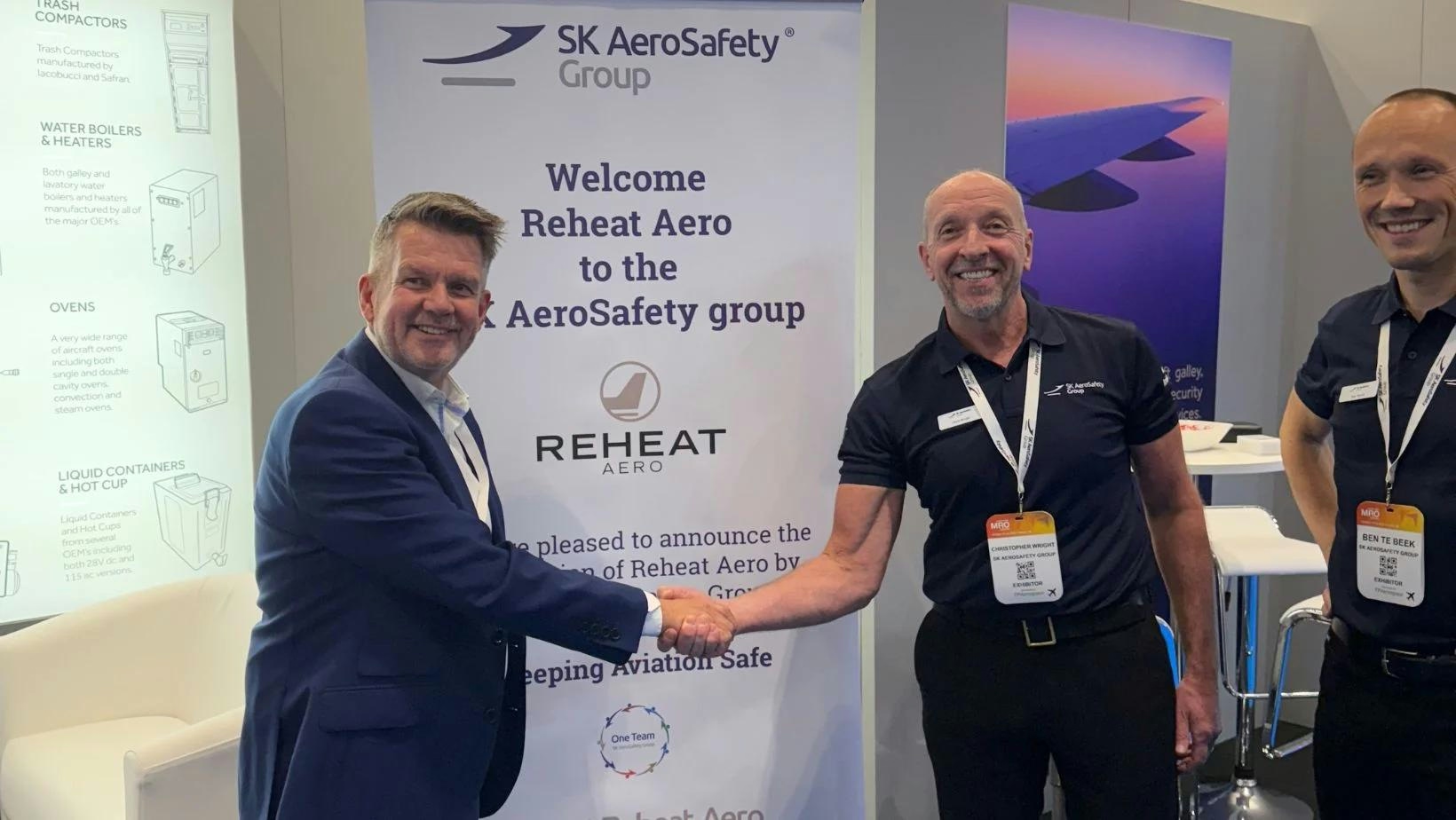
SK AeroSafety Group Acquires Reheat Aero Limited
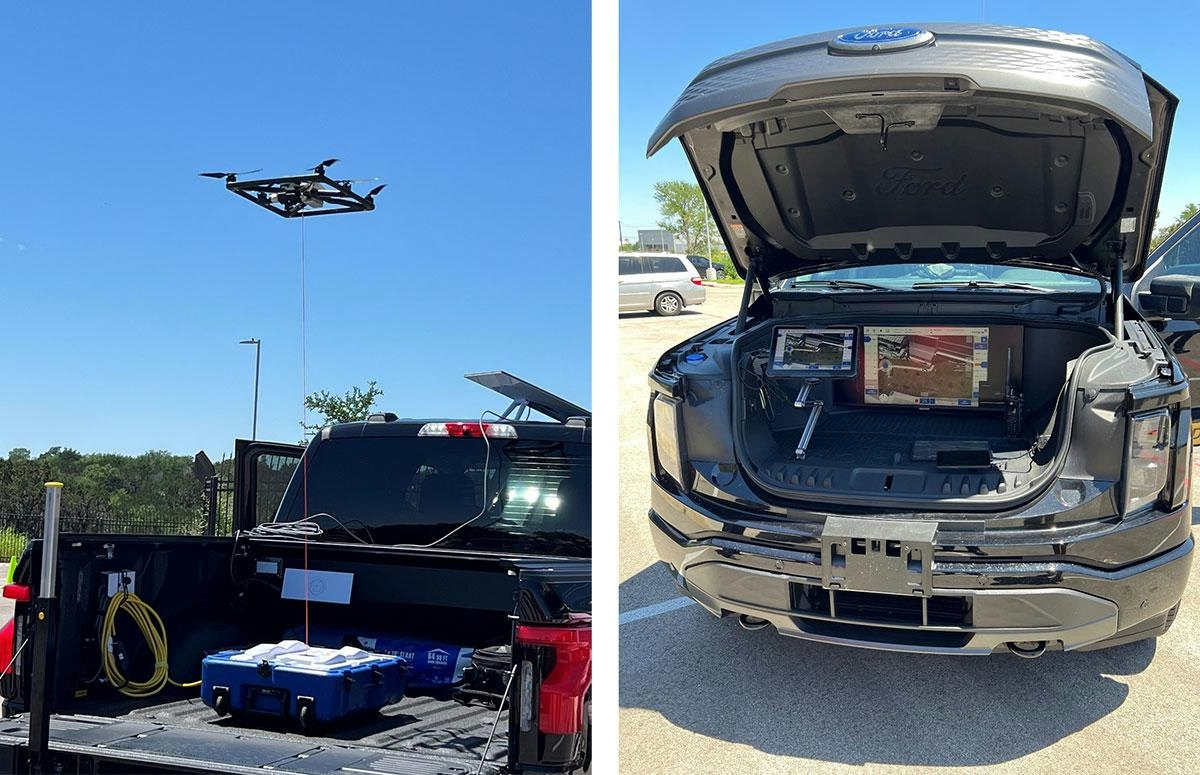
Establishing Standards for Drone Operations and Digital Tethering
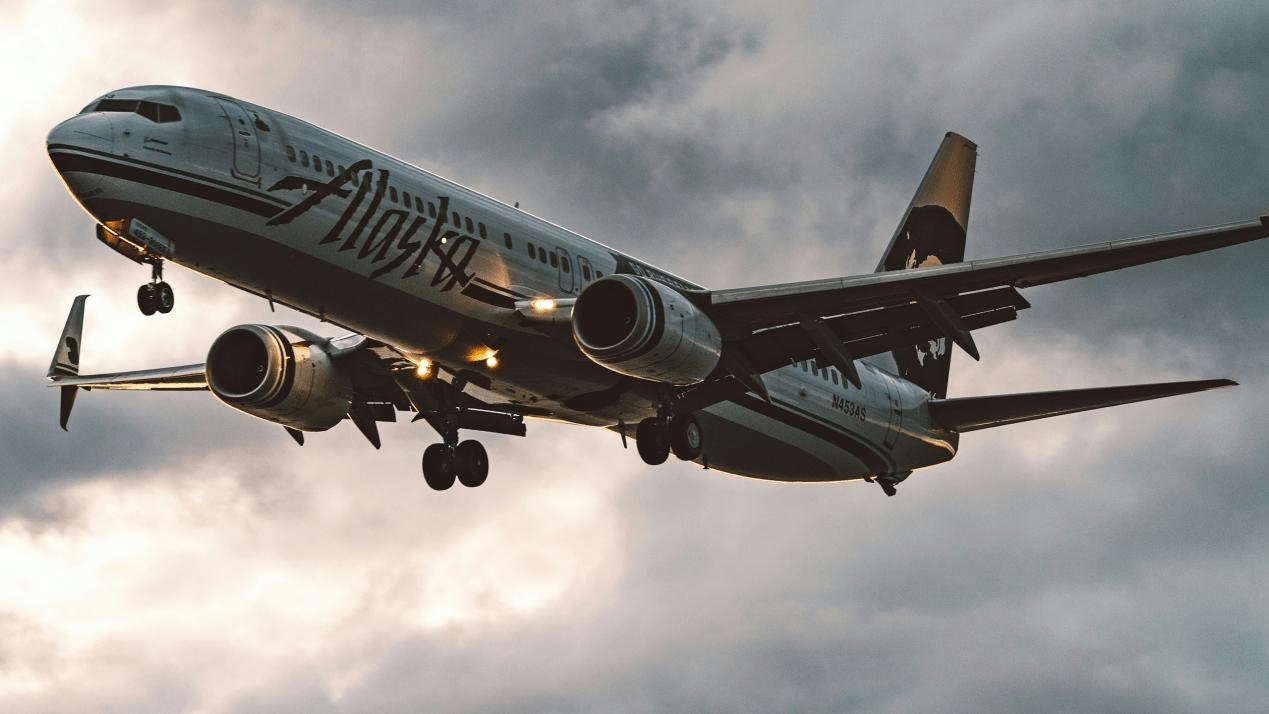
Examining the FAA’s Ongoing Challenges
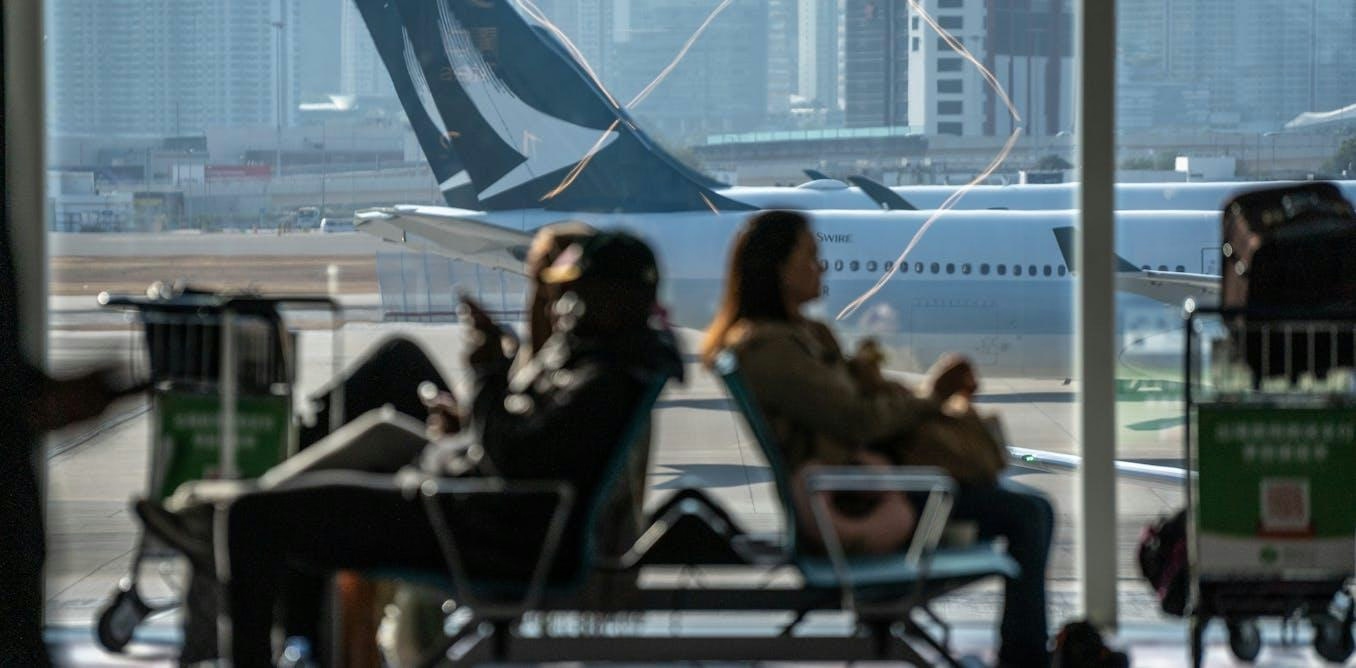
What the AI Industry Can Learn About Safety from Airlines
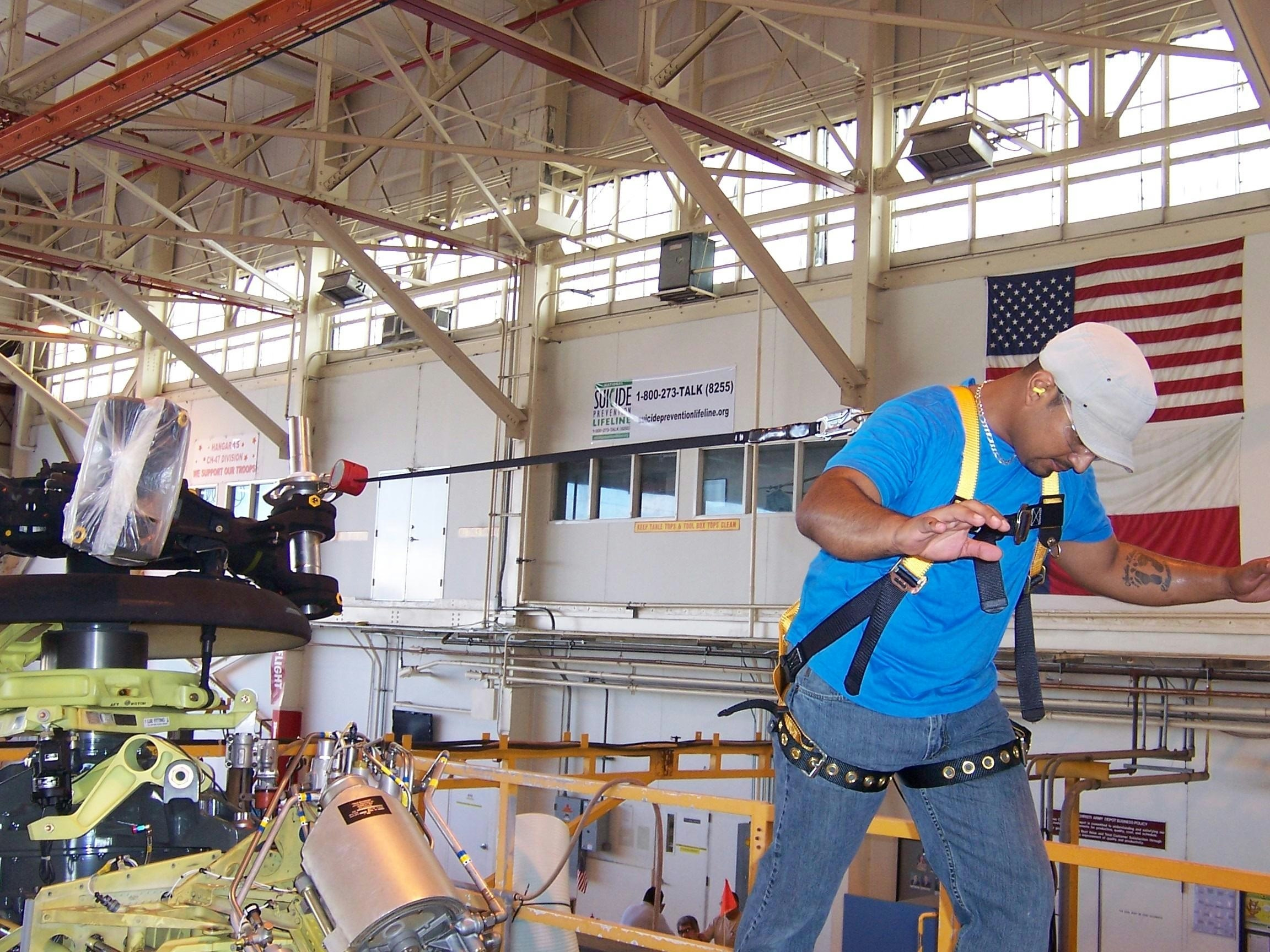
Fall Protection for Aircraft Maintenance in Extreme Cold
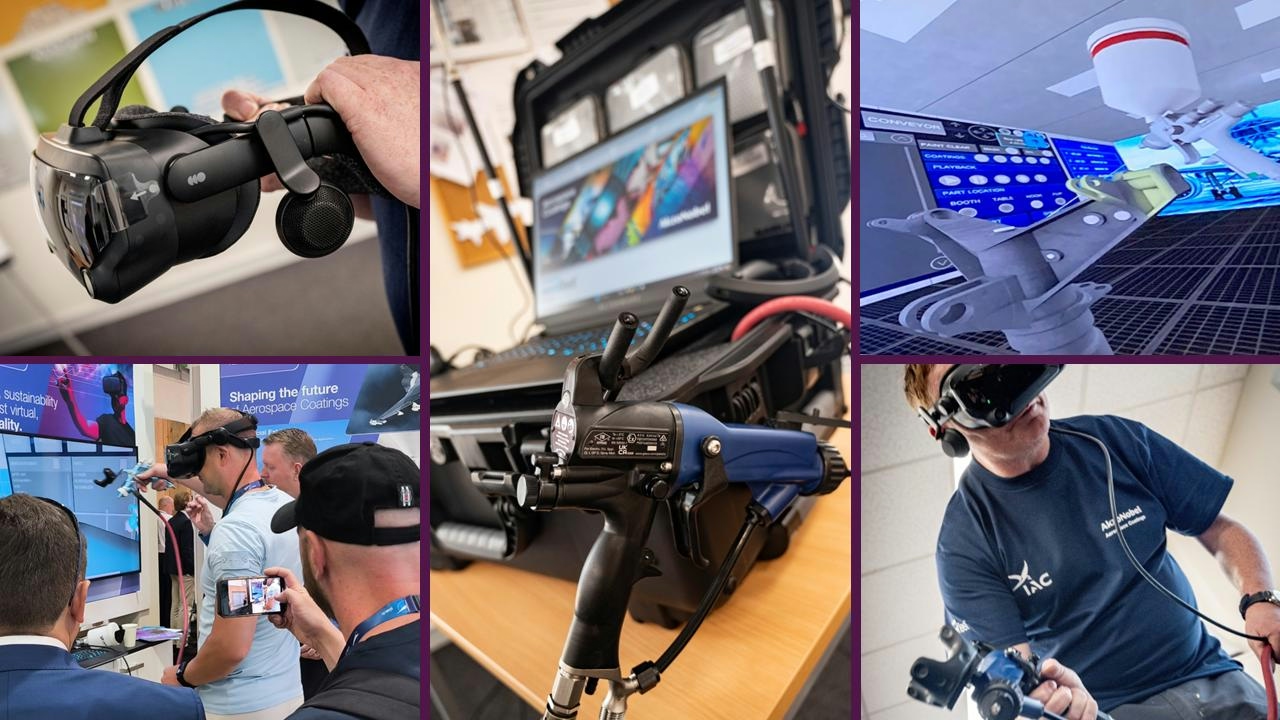
AkzoNobel Launches AS7489-Certified Aerospace Coatings Training Program
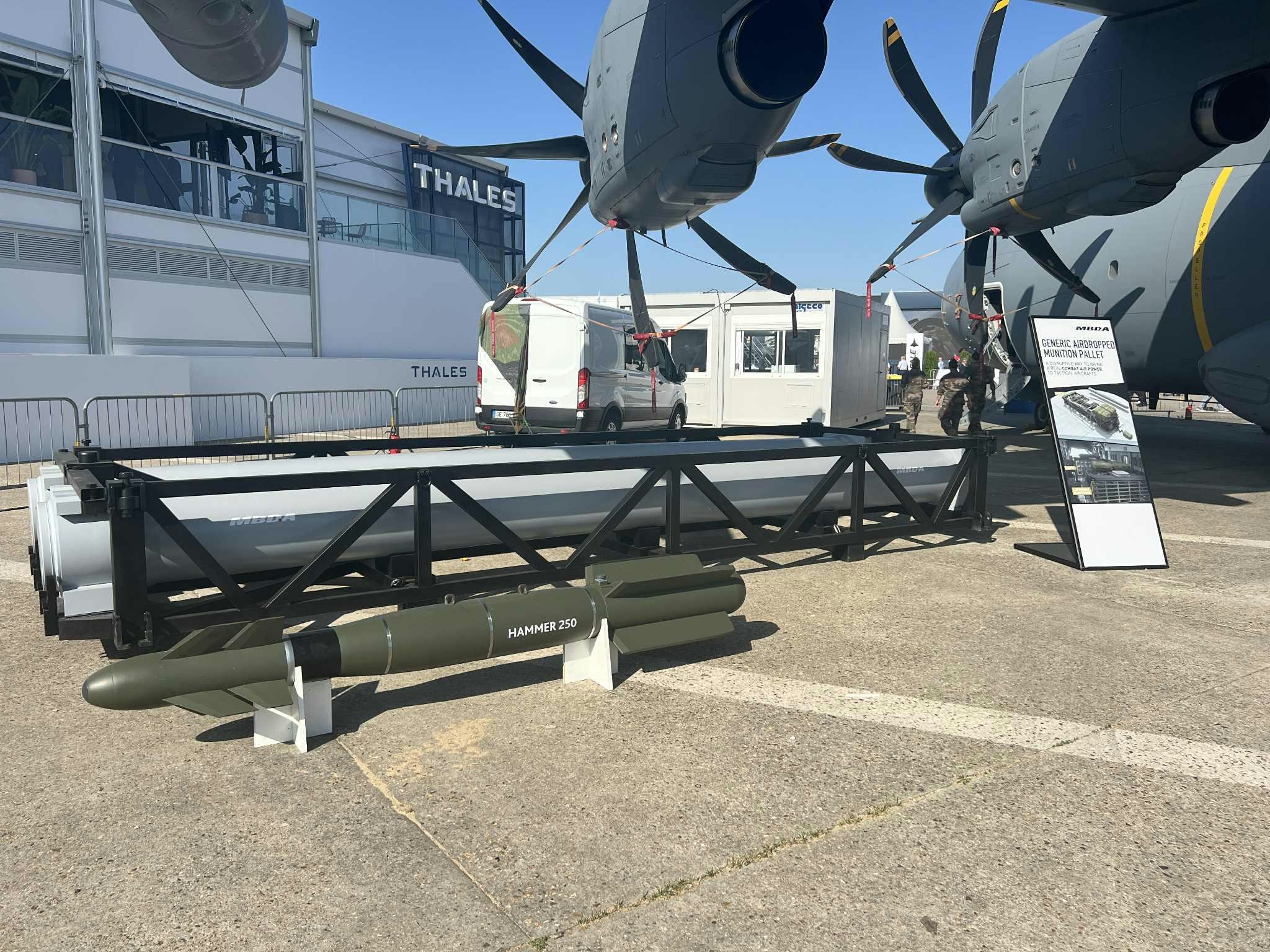
France to add 4 Airbus A400Ms as Atlas gains new missions
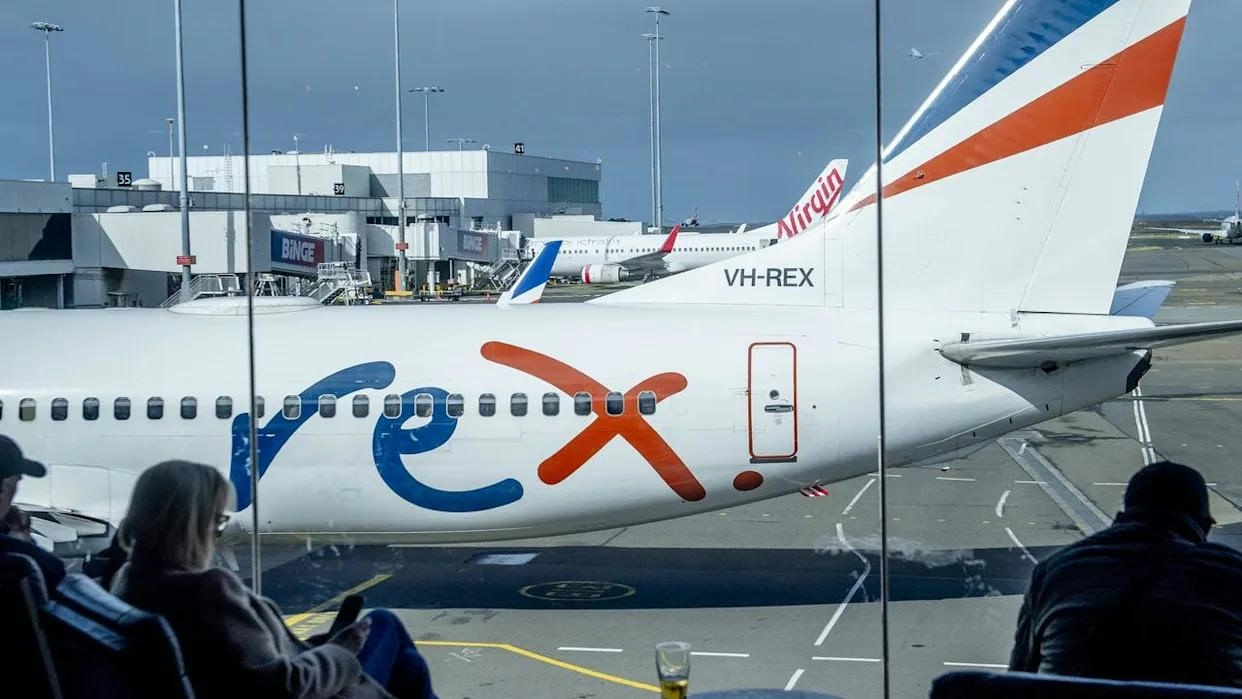
Air T to Acquire Rex
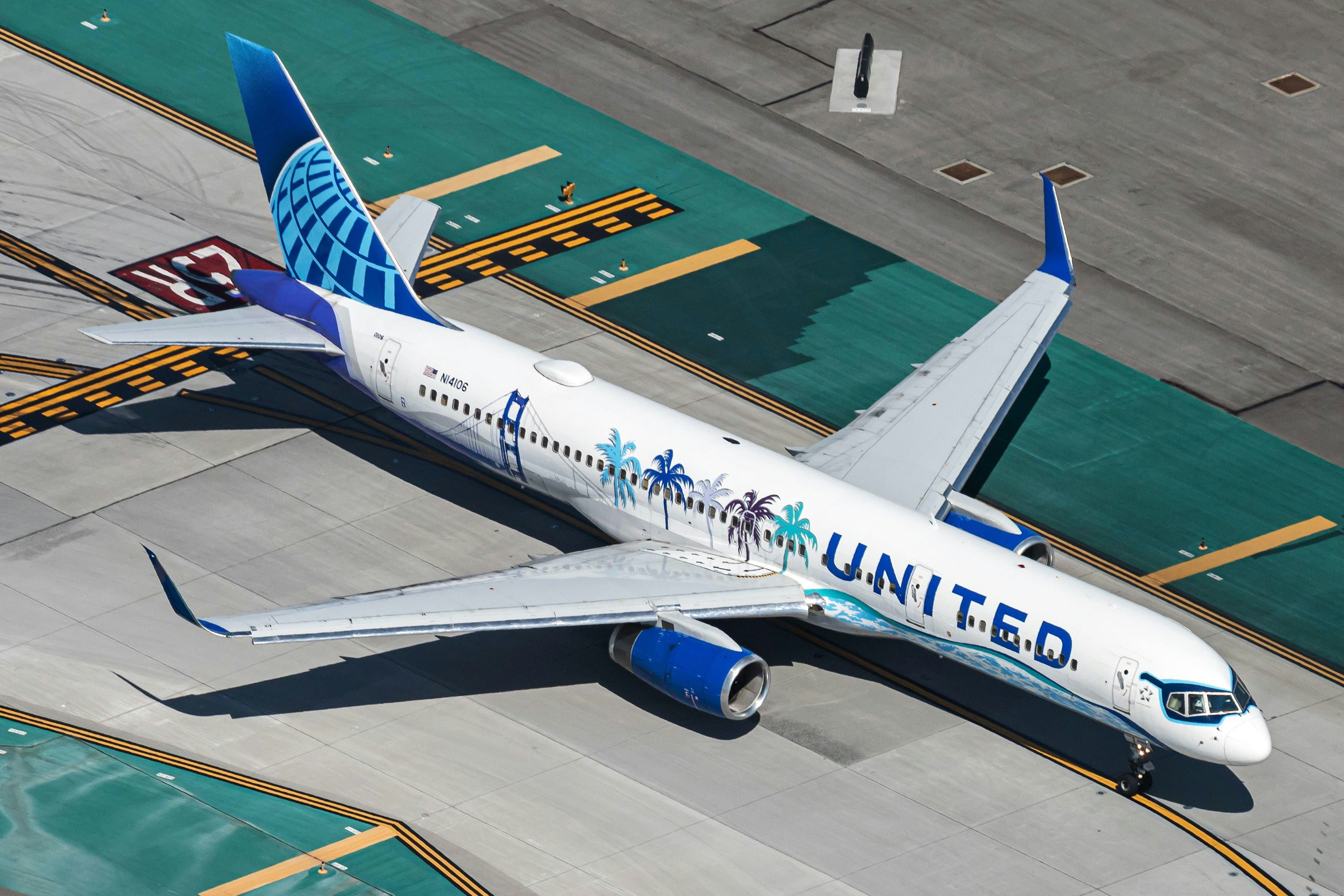
United Airlines to Replace Boeing 757 Fleet
